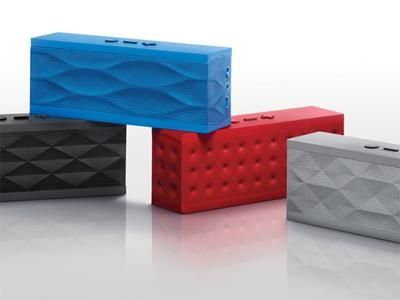Have you ever wondered what some of the technical jargon means that makers use to specify the performance of cordless speakers? In this essay, I am going to describe one regularly used specification: THD or “total harmonic distortion”. It is often tough to select a suitable set of wireless outdoor speakers reviewed at this URL due to the great amount of models. Aside from looks, you will often be confronted with having to examine several of the technical specs. THD is usually not as easily understood as a few other frequently utilized specs like “signal-to-noise ratio” or “frequency response”. In brief, THD shows the difference between the audio that is produced by the loudspeaker versus the audio signal with which the loudspeaker is driven. The most common methods to express distortion are percent as well as decibel. These 2 conventions can be translated into one another. A -20 dB or 10% distortion means that one 10th of the radiated sound is a result of distortion while -40 dB or 1% would mean that one percent of the energy are harmonic products of the original signal. A wireless loudspeaker in fact has a number of elements that add to harmonic distortion. One of those is the built-in power amp. This audio amplifier is driving the loudspeaker element. Amplifier distortion usually is dependent on the amplifier output power and is every now and then shown for several power levels.

Having amplifier distortion specs for a few output power levels offers a better picture of the amplifier distortion performance.Harmonic distortion measurements are usually done by means of feeding a test signal into the loudspeaker. This tone is a pure sine wave signal with minimum distortion. The frequency of this test tone is typically 1 kHz. Distortion, though, is normally dependent on the signal frequency. The majority of amps are going to show increasing distortion with rising frequency. Specifically digital class-D amplifiers will show fairly large distortion at frequencies above 5 kHz.
The next contributing factor is the loudspeaker element itself. Many speakers use a diaphragm kind driver that is driven by a coil which is suspended in a magnetic field. The voicecoil is moving according to the variation in the magnetic field which is excited by the audio signal but does not correspond 100% with the signal due to core losses along with various factors. This results in the audio being distorted by the loudspeaker element itself. Furthermore, the larger to power level with which the loudspeaker is driven, the larger the distortion. Frequently speaker vendors are going to display distortion for small to moderate output power levels only. The overall distortion of the speaker therefore is the total of the amplifier distortion and the loudspeaker element distortion. In addition, there are different contributing factors. Depending on the material used to manufacture the loudspeaker enclosure, there will be vibrations or box resonances. These normally depend on the sound pressure level, the box shape, the housing material as well as audio frequency. Therefore extra sound distortion is going to be brought on by the box itself.

The total distortion of the speaker is generally determined by a measurement which includes a low-distortion audio generator as well as a microphone that is connected to an audio analyzer. The audio analyzer is going to determine the amount of higher harmonics and compare these with the main signal in order to calculate the distortion. Another distortion measurement technique which offers a better analysis of the speaker quality with real-world signals is called interharmonic distortion analysis. This method outputs two signals at different frequencies and measures the amount of harmonics at different frequencies. One more factor contributing to distortion is the signal transmission of cordless speakers, especially with models which broadcast an analog signal at 900 MHz. Superior models will employ digital transmission and transmit at 2.4 GHz or 5.8 GHz to reduce signal distortion.